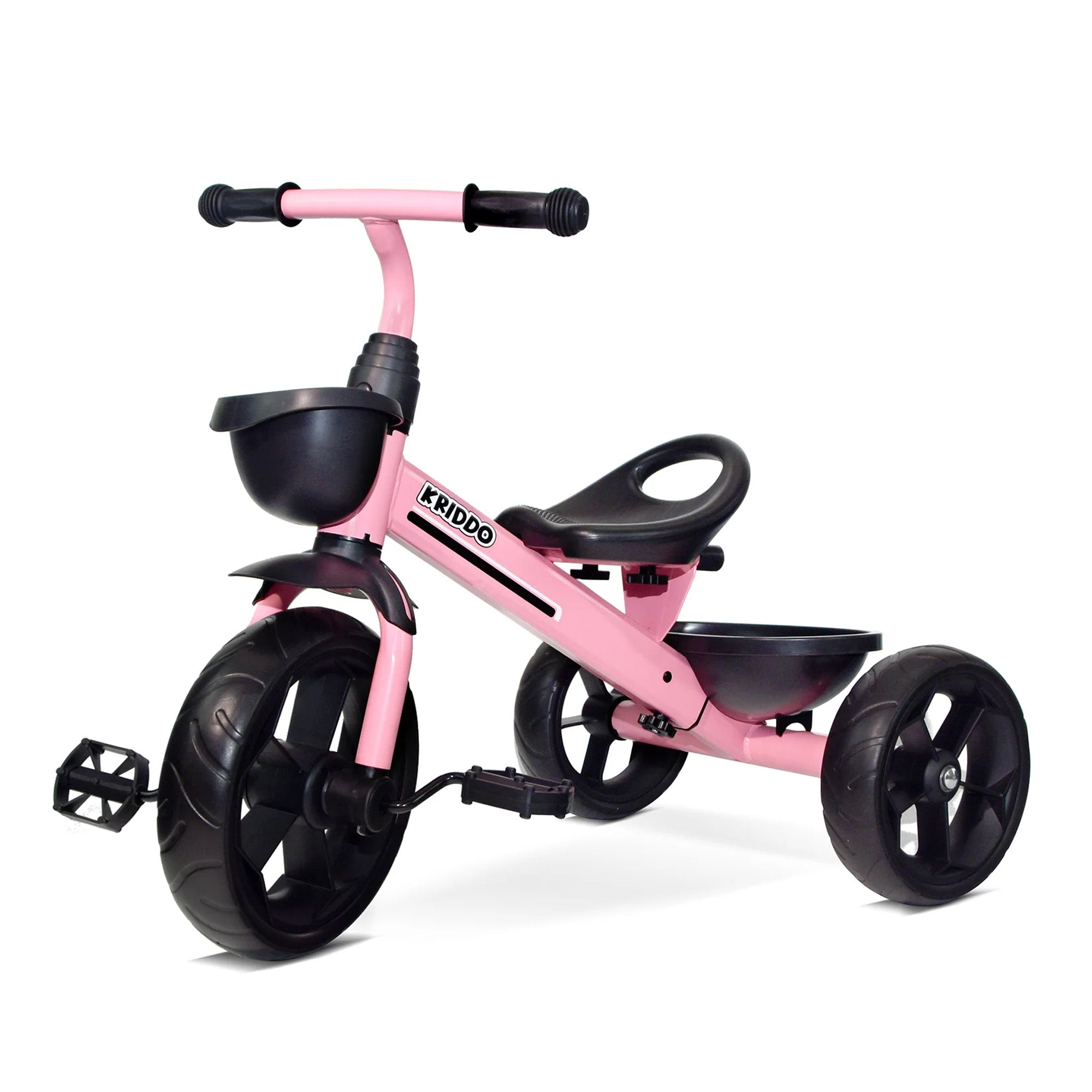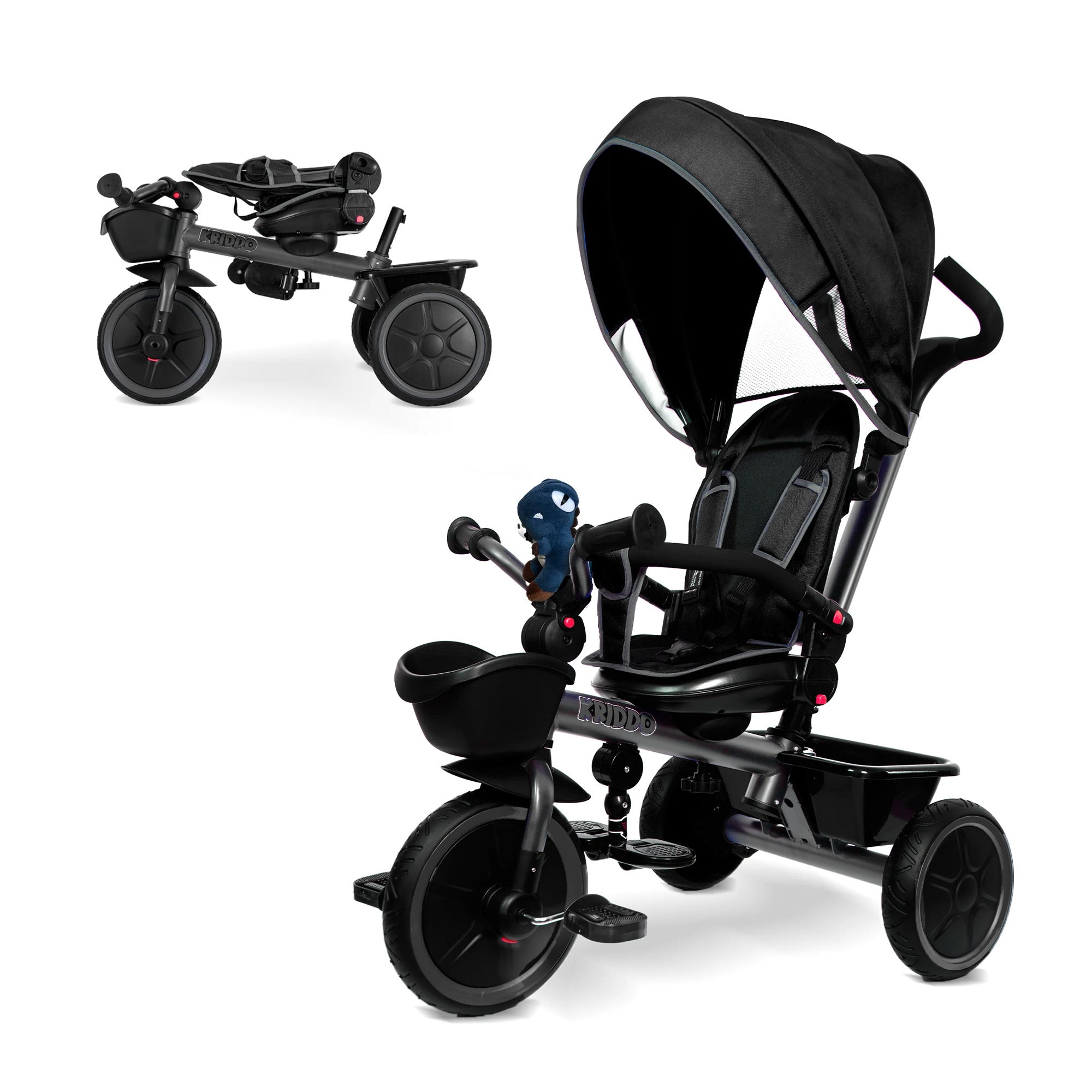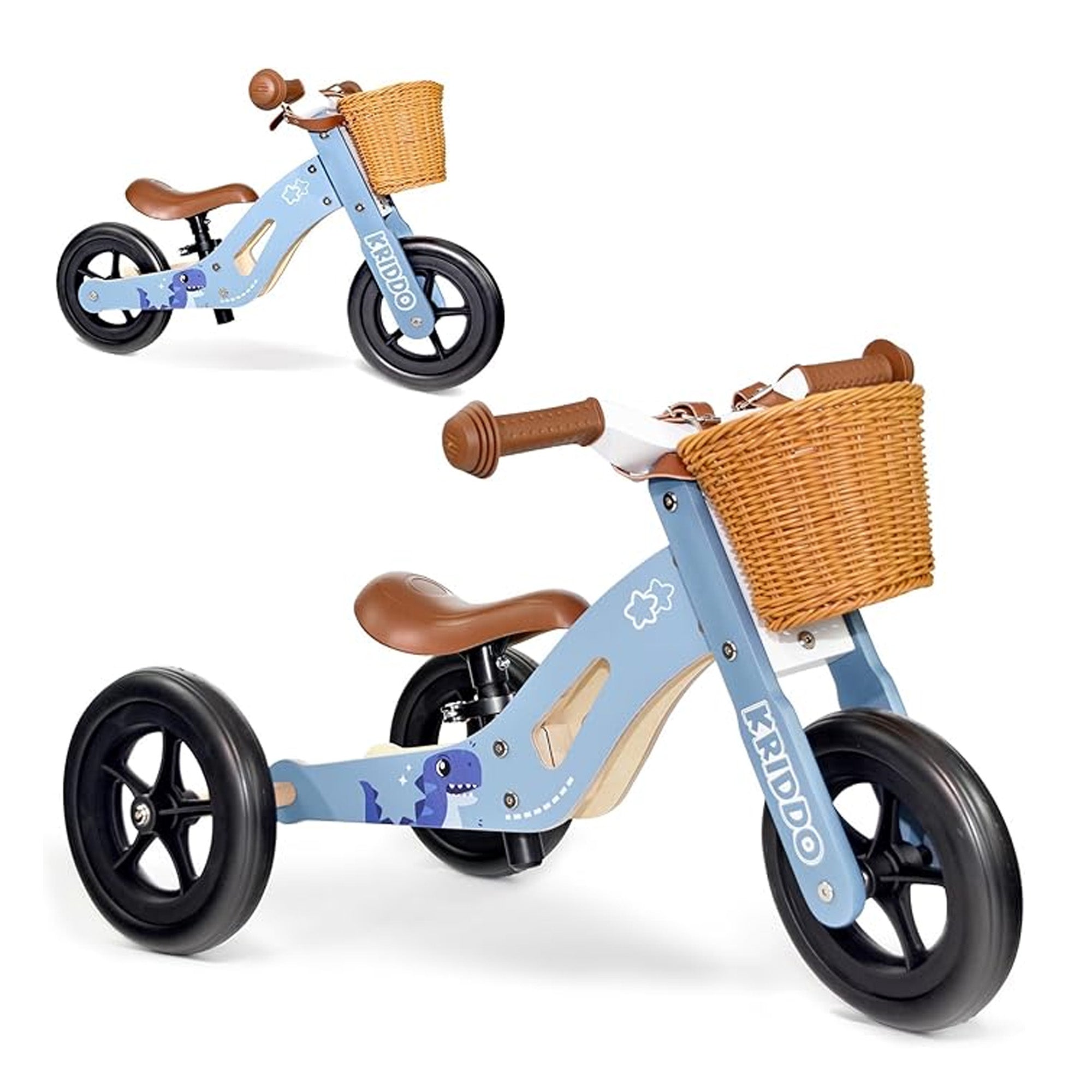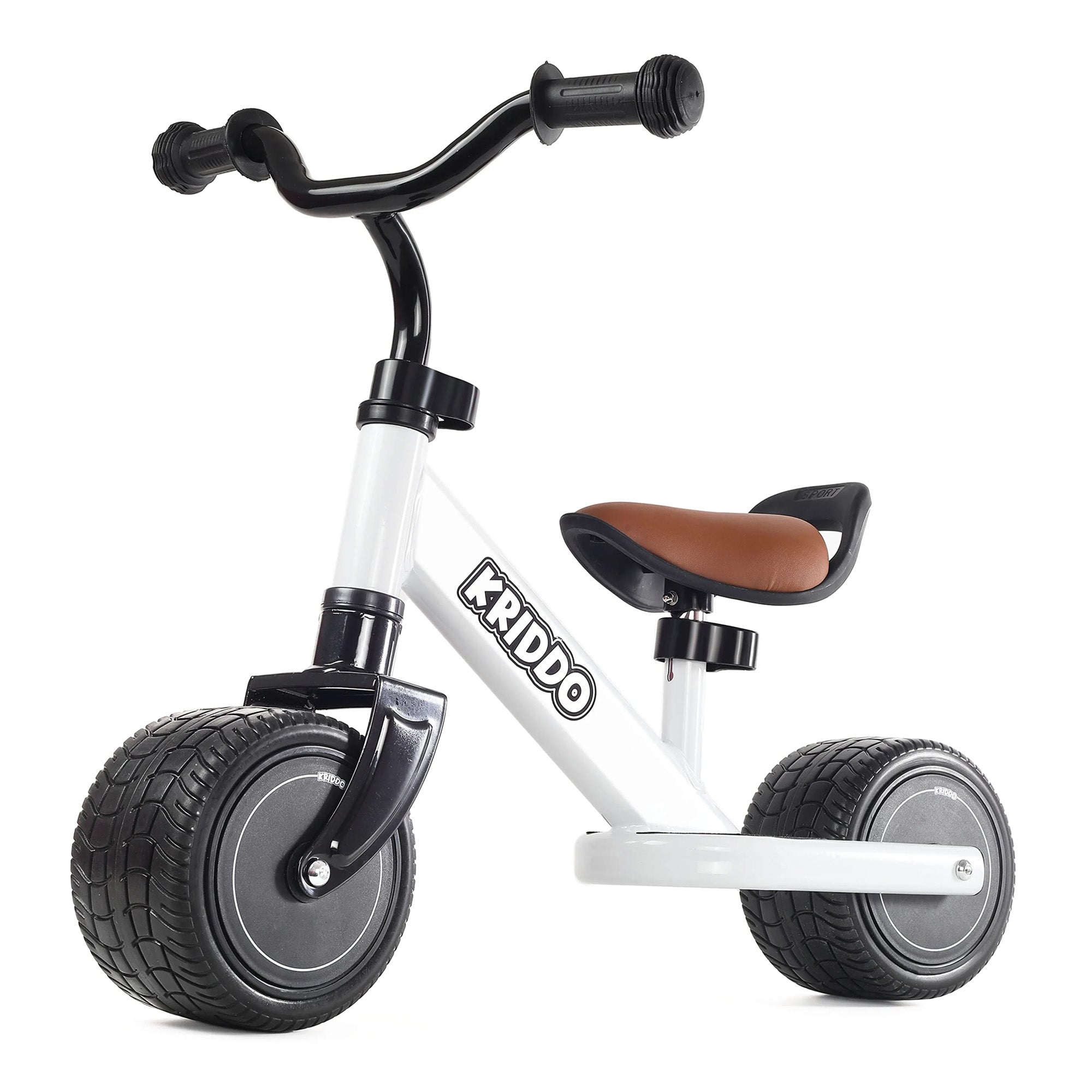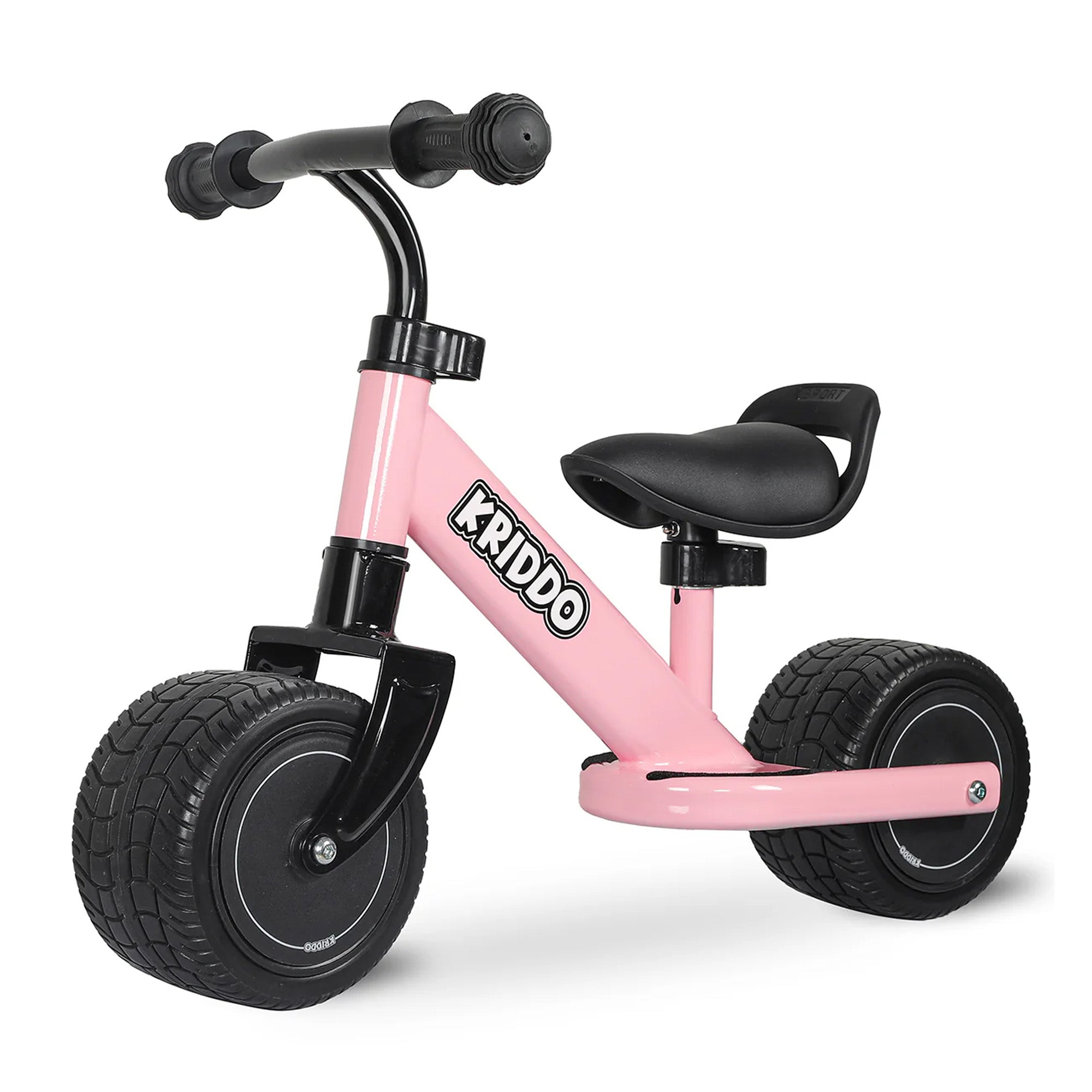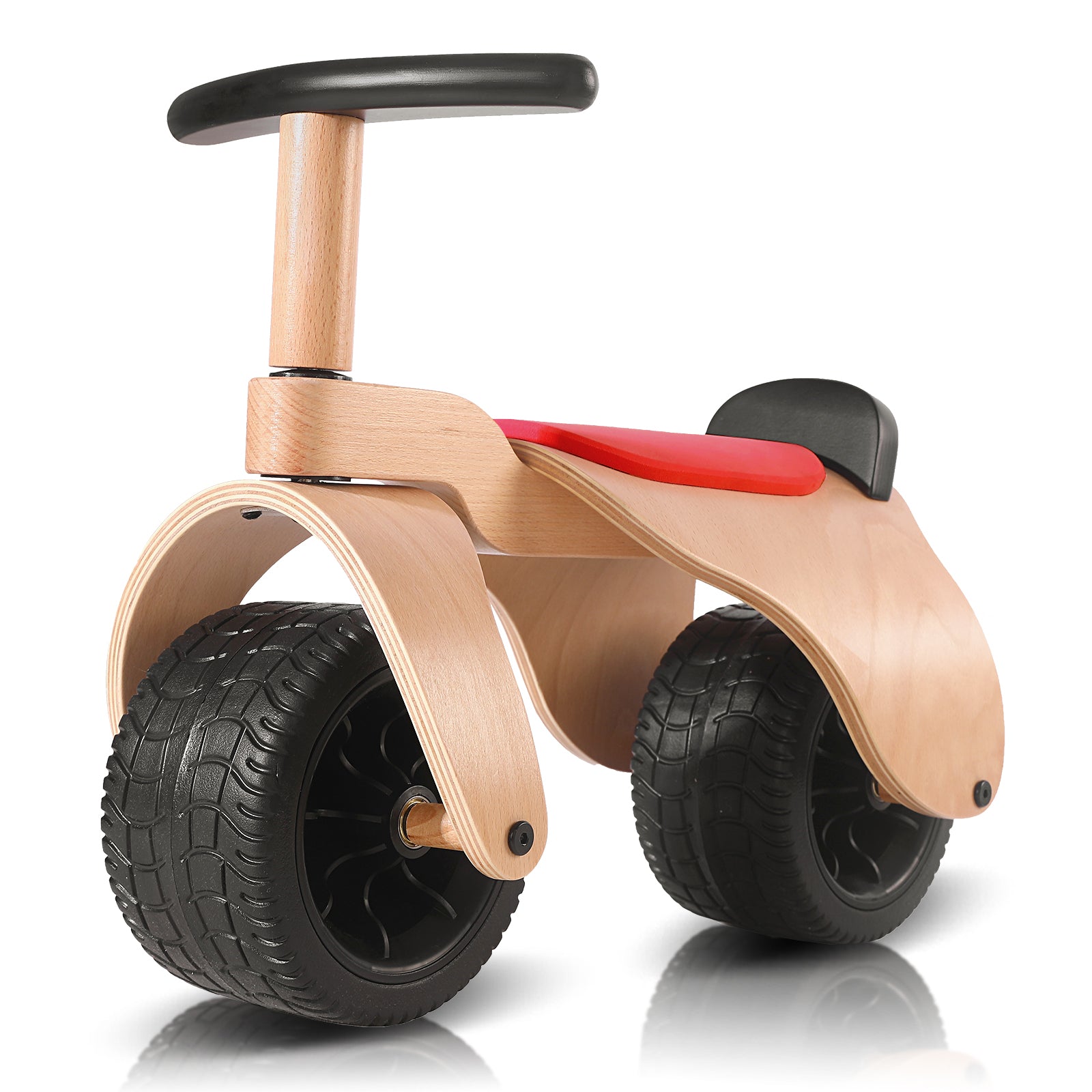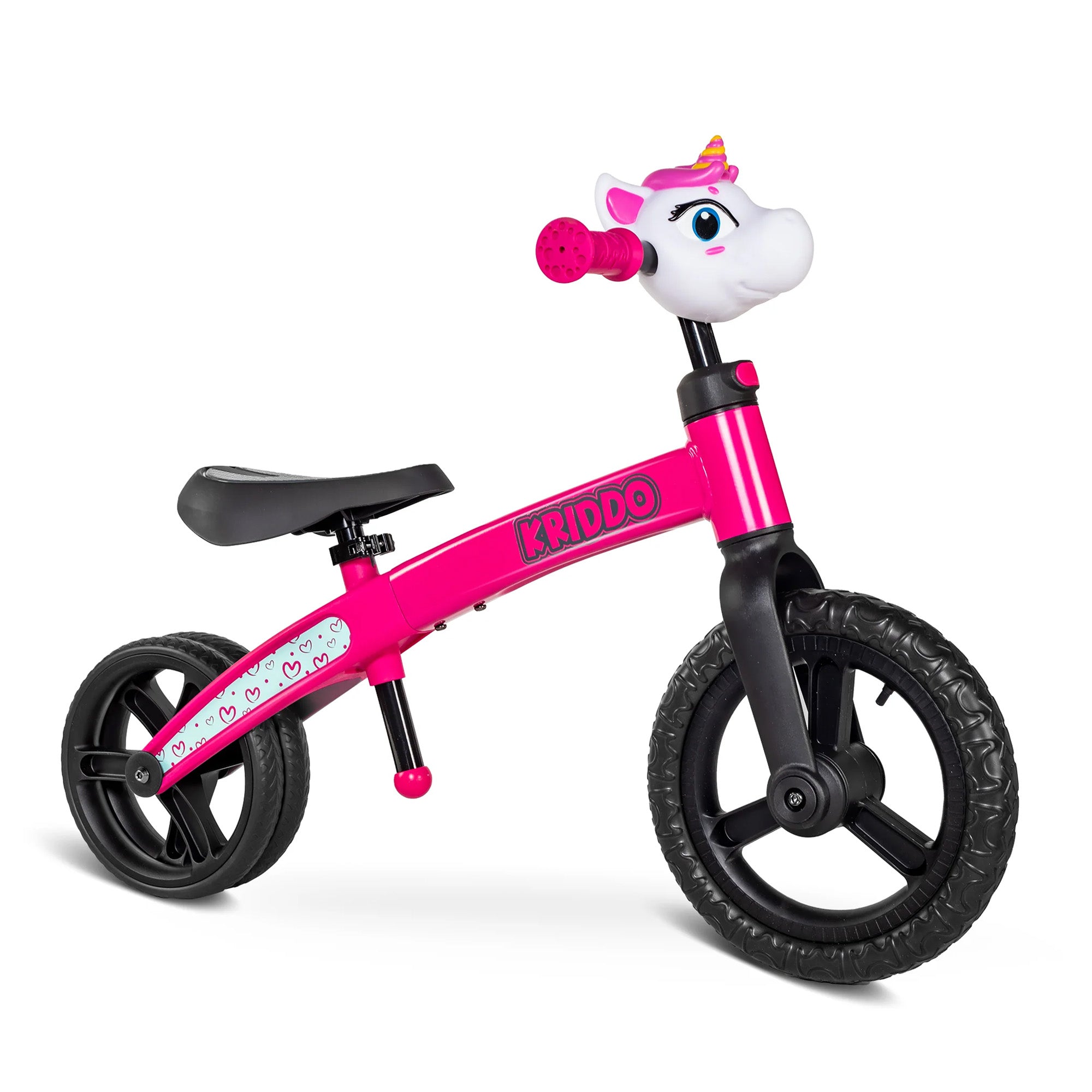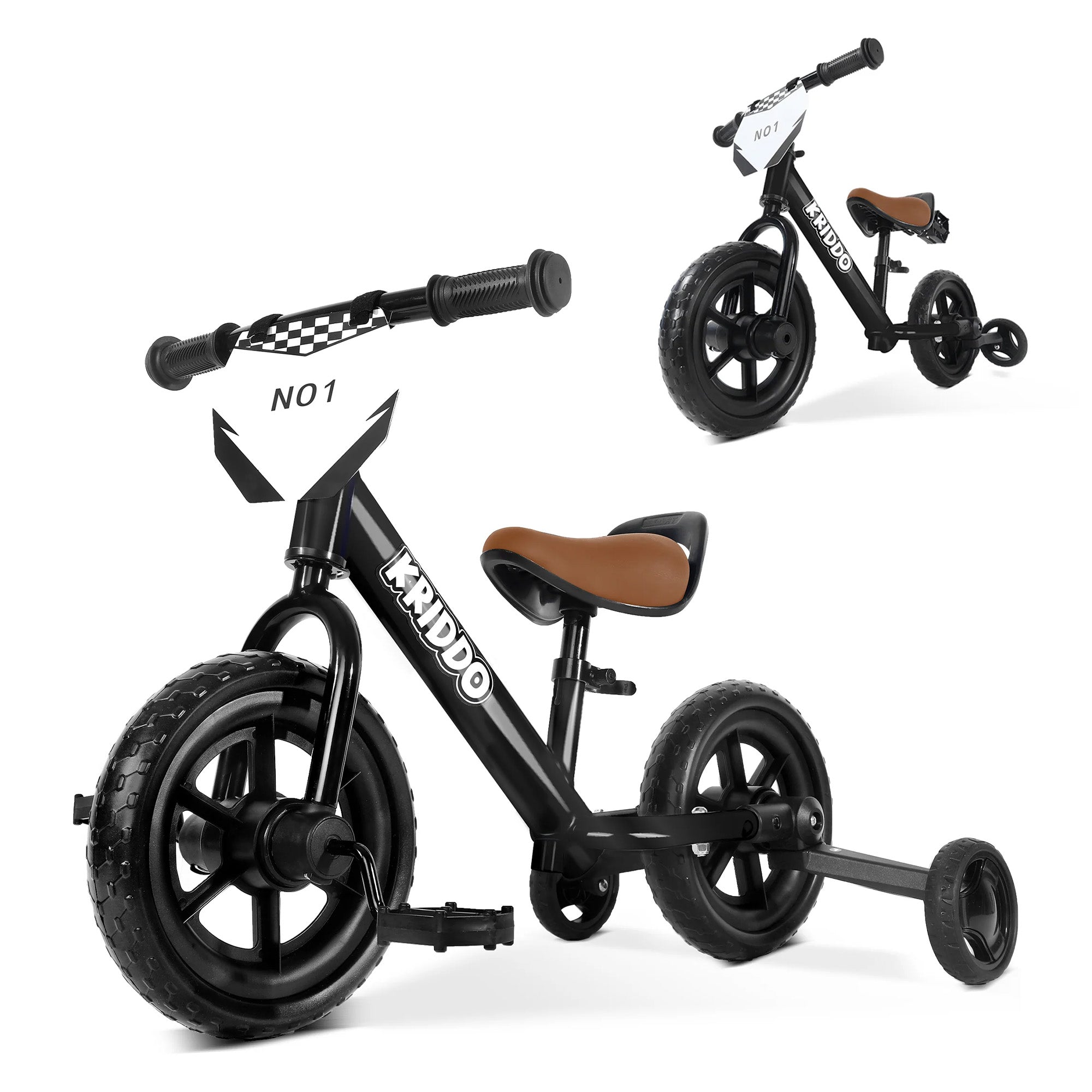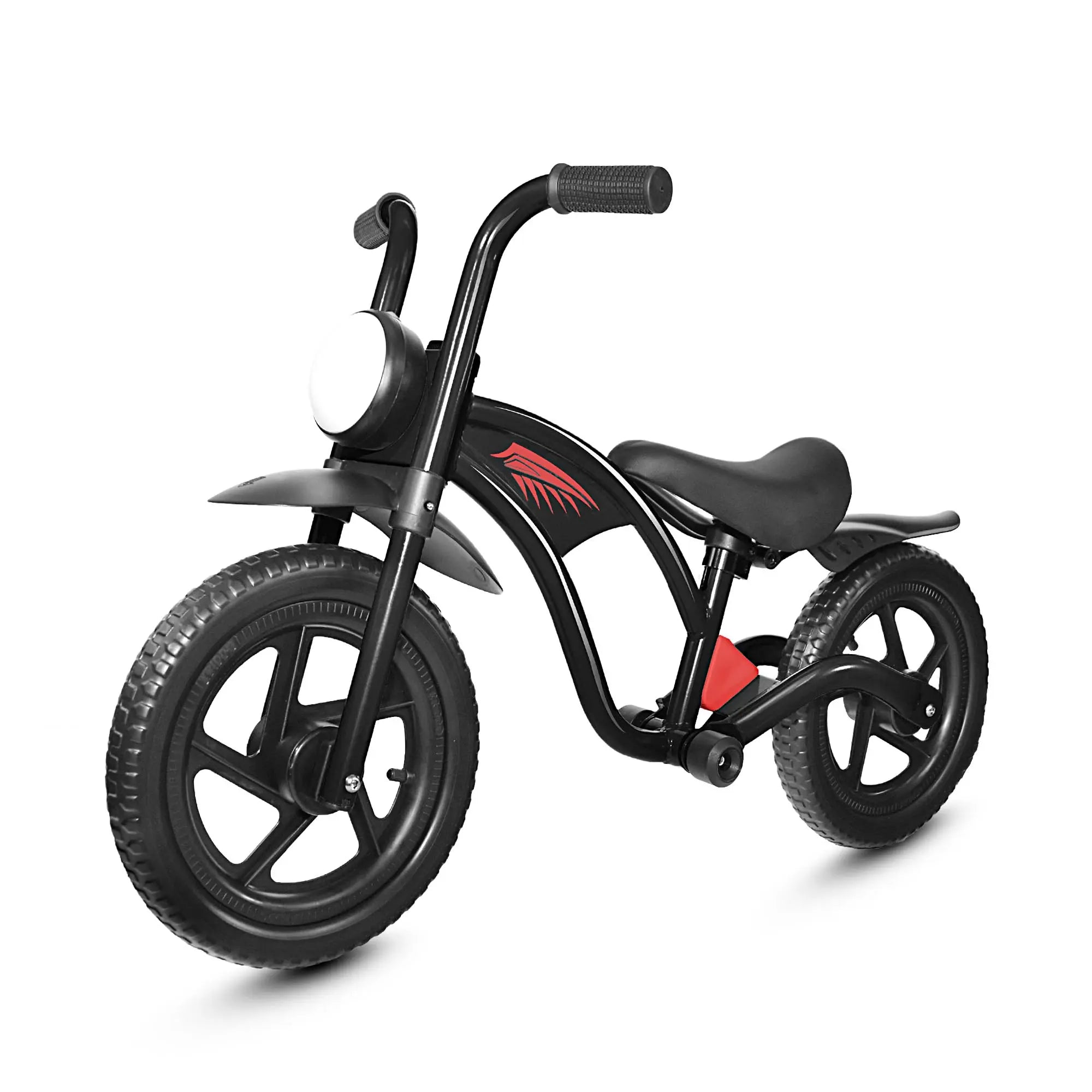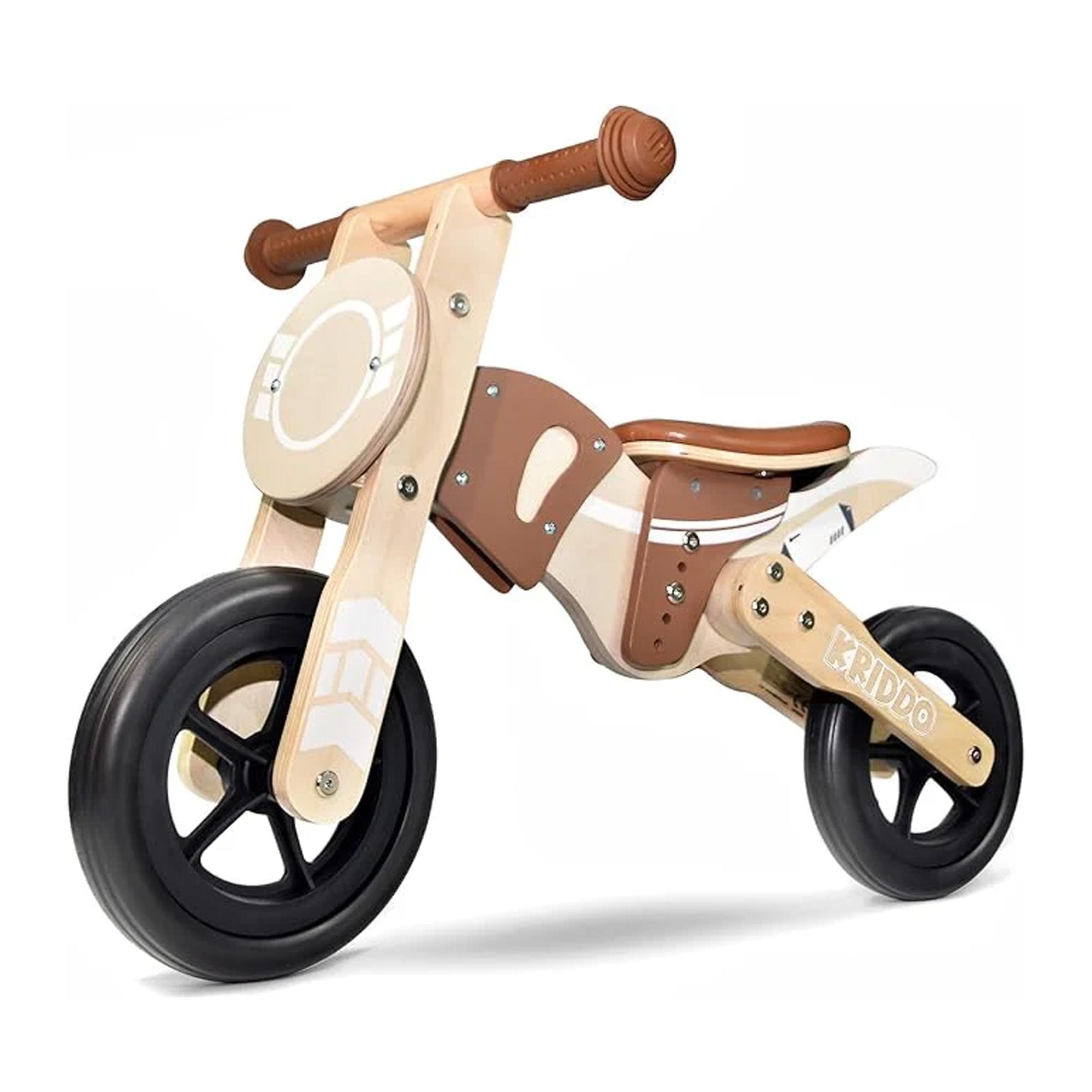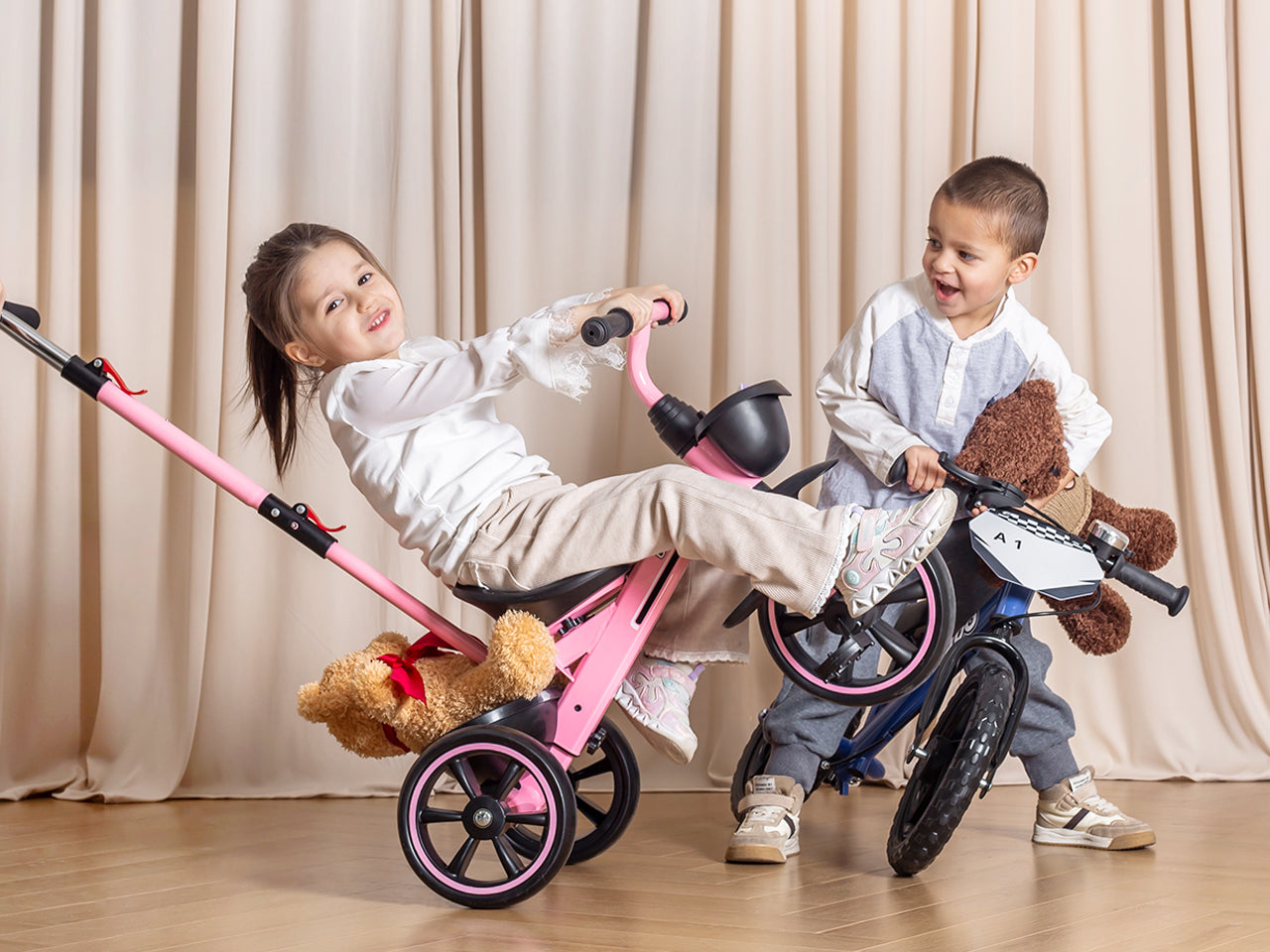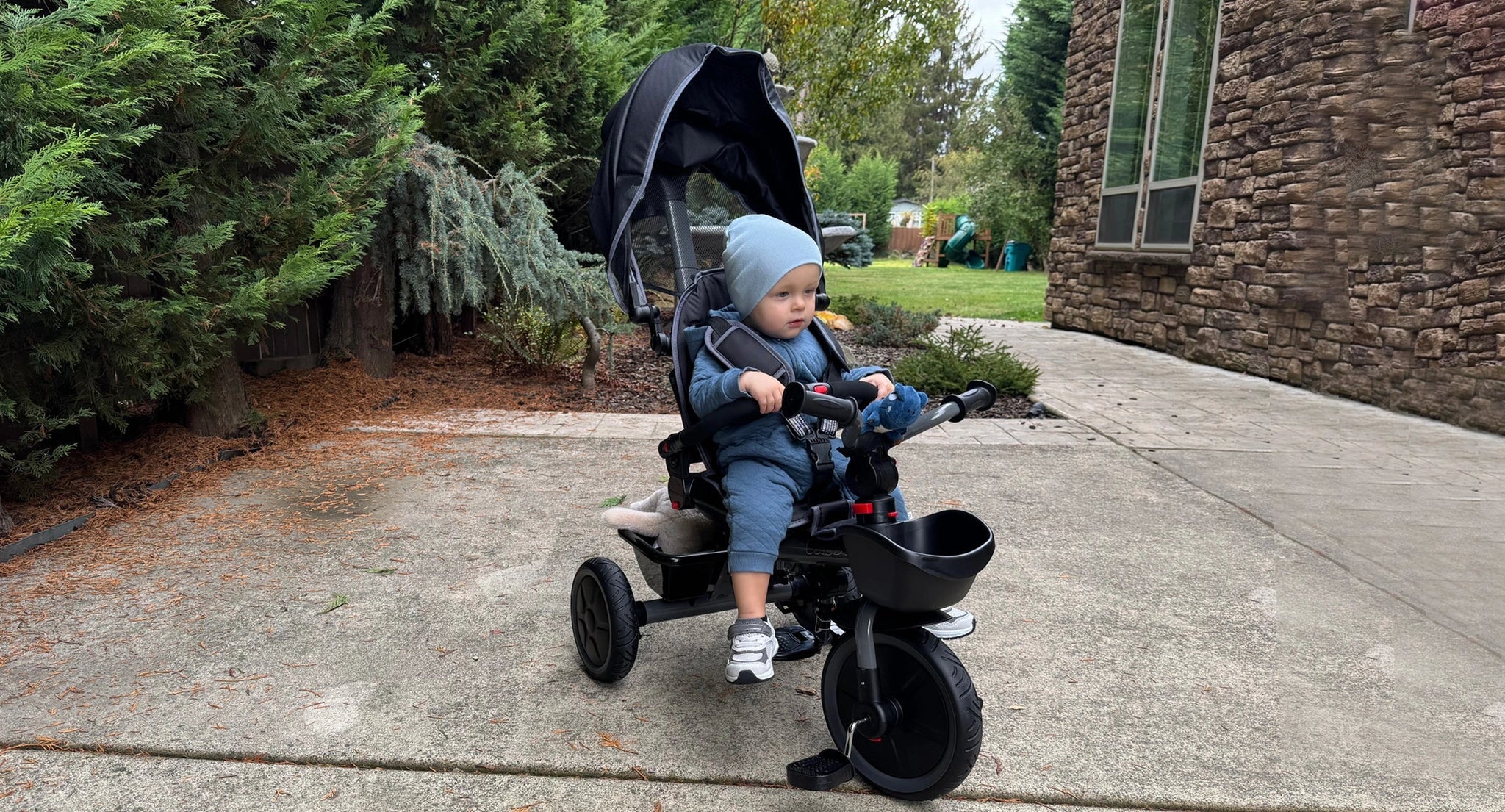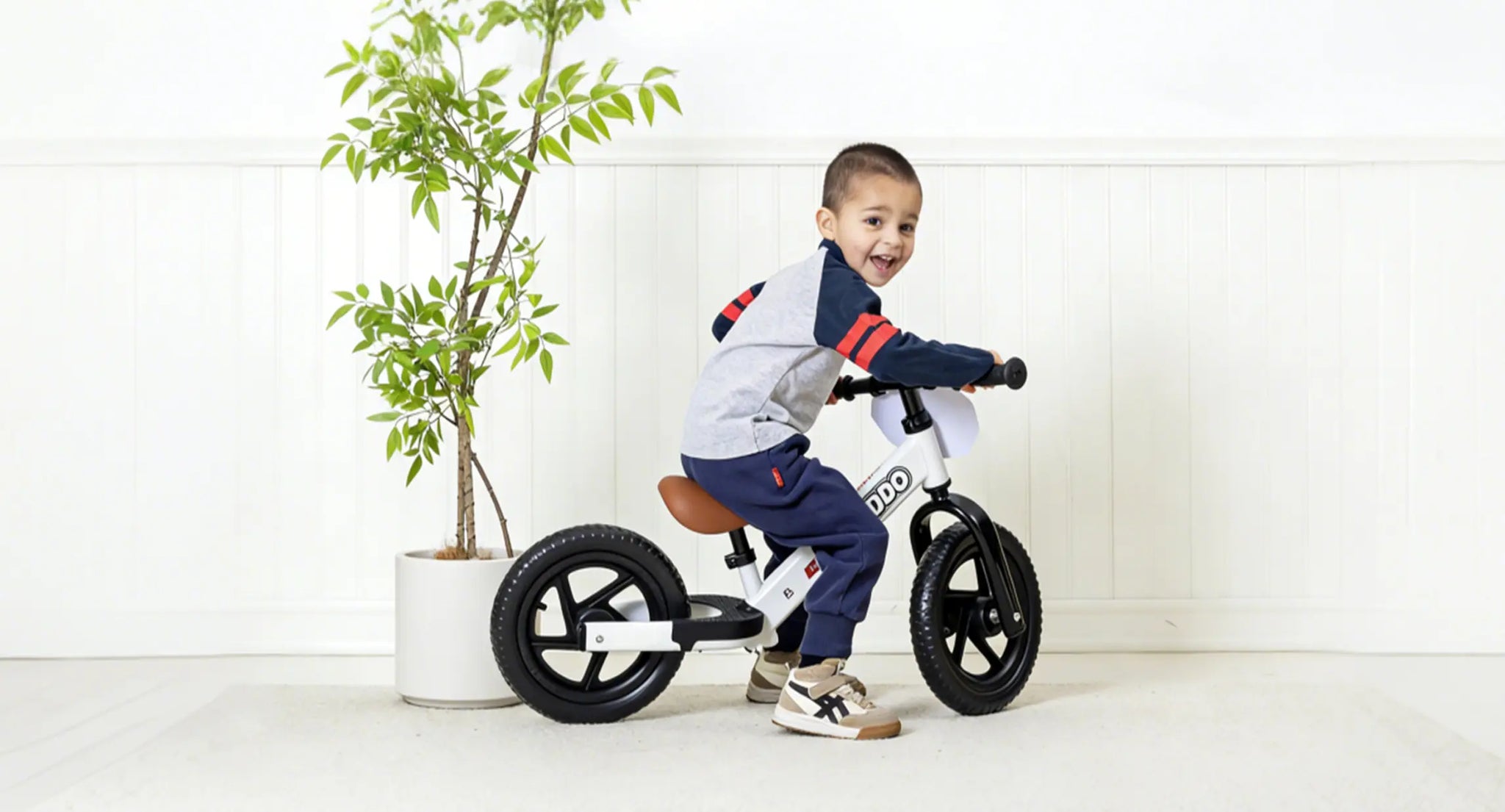How to Choose the Perfect Bicycle for Kids
A Parent’s Guide That Actually Works
Sylia | 8th, Aug
If you think back to your own childhood, learning to ride a bike probably felt like a rite of passage. For many of us, it happened well into primary school, maybe even later. But kids today? They’re hopping on their first two wheels as early as three or four. Balance, reflexes, and coordination develop faster now—sometimes thanks to all that playground climbing and scooter zooming—and parents find themselves shopping for that first “real” bicycle earlier than they expected.
But here’s the thing: not all kids' bicycles are created equal. Sure, they may look similar lined up in the store, but the riding experience can be worlds apart. The wrong bike can slow down learning, drain your wallet, and—worst of all—make your child lose interest in cycling altogether. And who wants that?
So, before you hand over your credit card, let’s talk about what really matters when choosing a bicycle for kids. We’ll keep it simple: three big questions will steer you in the right direction.
Question 1: Is the Size Right for Your Child?

Buying a bike that’s too big “for them to grow into” is one of the most common mistakes parents make. Sounds practical, but in reality, it’s like giving your child shoes two sizes too big—they can wear them, but they’ll stumble, get frustrated, and maybe even get hurt.
Here’s how to nail the right fit:
The Stand Test – Have your child stand with both feet flat on the ground. The space between their crotch and the bike’s top tube should be about 2.5–5 cm.
The Pedal Check – Adjust the saddle so that when one foot is at the pedal’s lowest point, the knee is slightly bent.
The Reach Test – Your child should be able to grab the handlebars comfortably, without stretching or feeling cramped.
The Comfort Check – Knees shouldn’t hit the handlebars when pedaling, feet shouldn’t touch the front wheel when turning, and the whole ride should feel easy to control.
These details matter more than you might think. A bike that fits well doesn’t just feel better—it builds your child’s confidence from the very first ride.
Question 2: Is It Safe?

When it comes to safety, brakes take center stage. And here’s where it gets interesting: there’s no single “best” type for every child—only what’s best for their stage and riding style.
The three main brake types you’ll see:
V-Brakes – These are light and easy to squeeze, which is great for beginners who haven’t yet built hand strength.
Disc Brakes – Adjust the saddle so that when one foot is at the pedal’s lowest point, the knee is slightly bent.
Drum Brakes – Typically on the rear wheel, offering steady stopping power without requiring too much grip strength.
Many kids’ bikes mix systems—say, a V-brake in the front and a drum or disc in the back. This balanced setup helps avoid accidents from overly sharp stops while keeping braking smooth and predictable.
Extra safety details worth noting:
A fully enclosed chain guard prevents pants, shoelaces, or little fingers from getting caught.
Reflectors on the wheels, front, and back boost visibility, especially in low light.
Properly routed brake cables avoid snags and tangles.
Question 3: Will Your Child Enjoy Riding It?
Let’s be honest—if pedaling feels like pushing a heavy grocery cart uphill, your child won’t be rushing out the door to ride. A fun bike is a light, smooth bike. That’s why weight, wheel type, and bearing quality all matter.
Frame material affects weight—lighter means easier starts and quicker turns.
Tire width changes the feel—wider tires are more stable, but narrower ones roll faster. For most kids, a good rubber tire strikes the right balance between grip and effort.
Smooth bearings in the wheels and pedals make every rotation effortless.
When these factors align, riding feels like gliding, and your child will want to do it again and again.
Two Great Options That Tick All the Boxes
If you’re looking for examples of bikes that fit the bill, the Gofar 14 and Gofar 16 deserve a closer look.
Why? Because they’re designed to grow with your child, fit well, and keep safety in mind without sacrificing fun.
Size Range – The 14-inch is perfect for ages 3–6, while the 16-inch suits ages 4–8. Both have adjustable seats and handlebars.
Customization – Kids can add their name with a personal plate, stick on fun decals, and ring the classic bell—making the bike feel truly theirs.
Brake Setup – A front V-brake plus rear coaster brake combo helps beginners learn hand braking while still having the simplicity of back-pedal stopping.
Training Wheels – Sturdy, removable, and paired with smooth bearings for a quieter, easier ride.
Safety Features – Fully enclosed chain guard, thick treaded tires for grip, and multiple reflectors for visibility.
And yes, they look as good as they ride.
The Emotional Side of Choosing a Kids’ Bike

Buying your child’s first bike isn’t just a purchase—it’s a milestone. It’s the first taste of independence, the first outdoor adventure that’s truly their own. And believe it or not, the right choice now can shape their attitude toward cycling for years.
Think about it: a child who feels safe, comfortable, and proud of their bike is far more likely to hop on and explore. That means more time outside, more balance and coordination skills, and maybe even the start of a lifelong love for riding.
A Few Final Thoughts
When you strip it down, how to choose a bicycle for kids really comes back to those three questions:
Does it fit them right now?
Will it keep them safe?
Will it make them want to ride?
If the answer to all three is “yes,” you’ve found a winner.
Remember, kids grow fast, but their early riding experiences stick. Invest the time now to find a bike that suits their size, skill level, and personality. It’s worth every penny—not just for the ride today, but for the countless rides yet to come.








